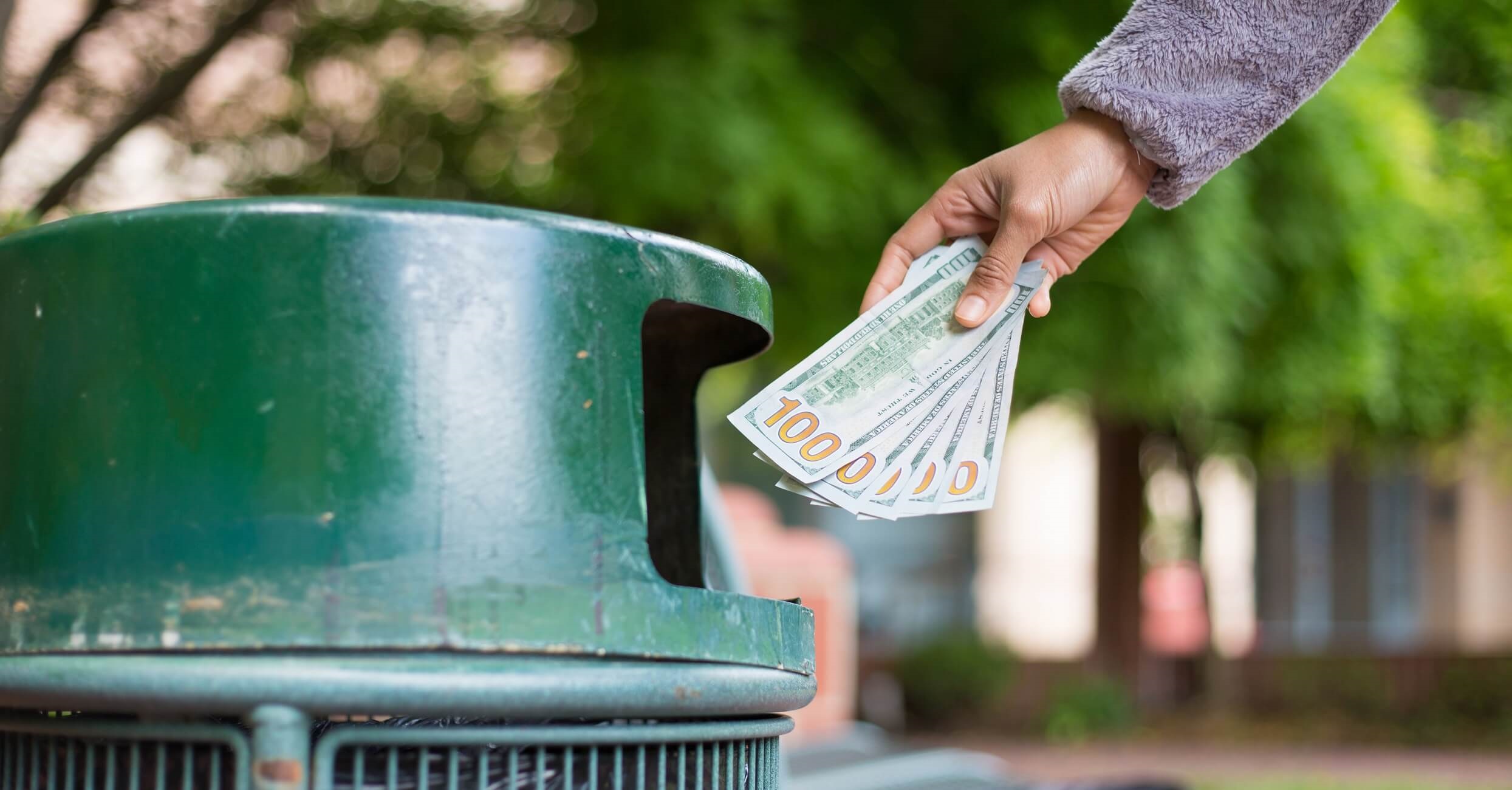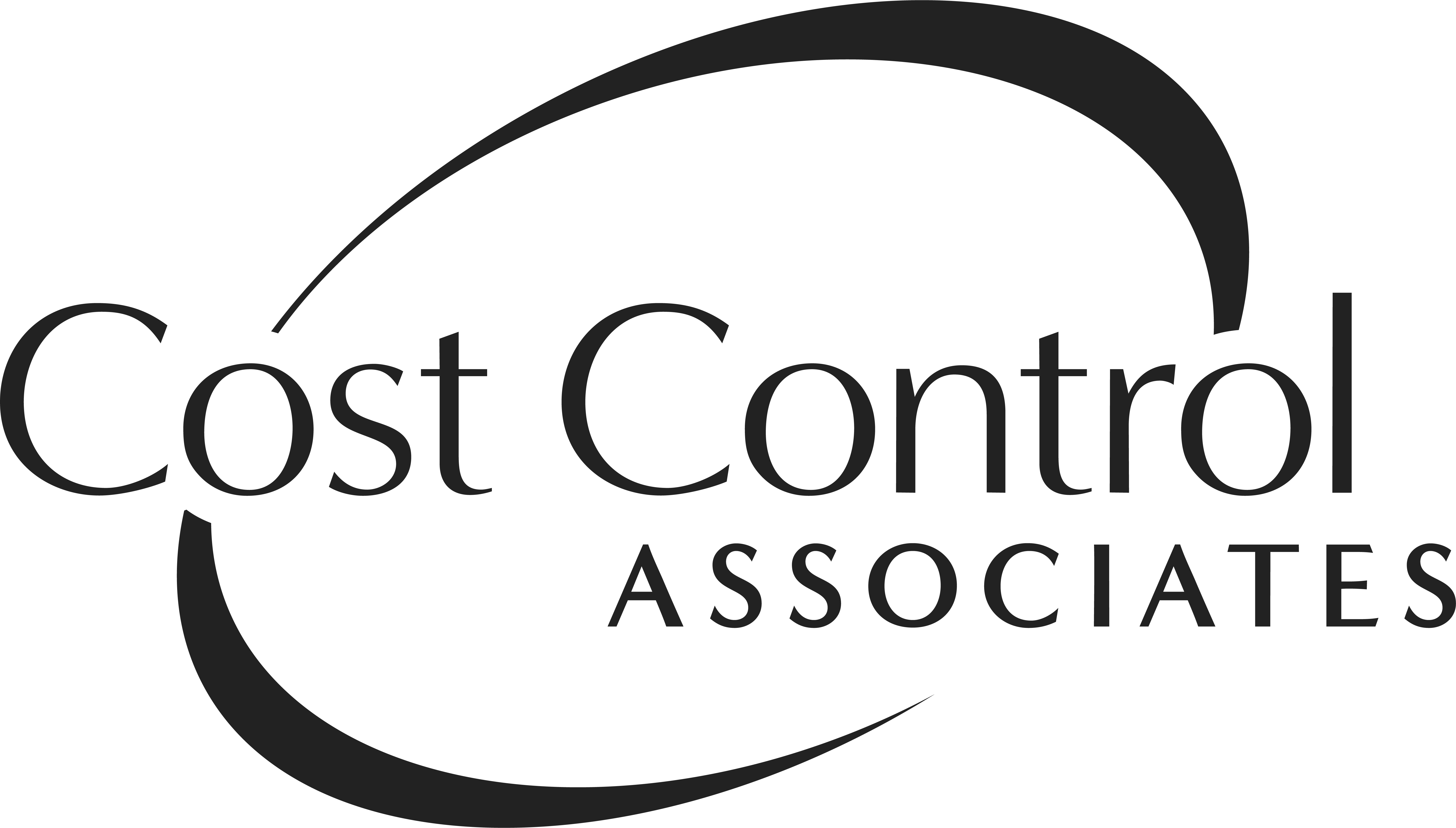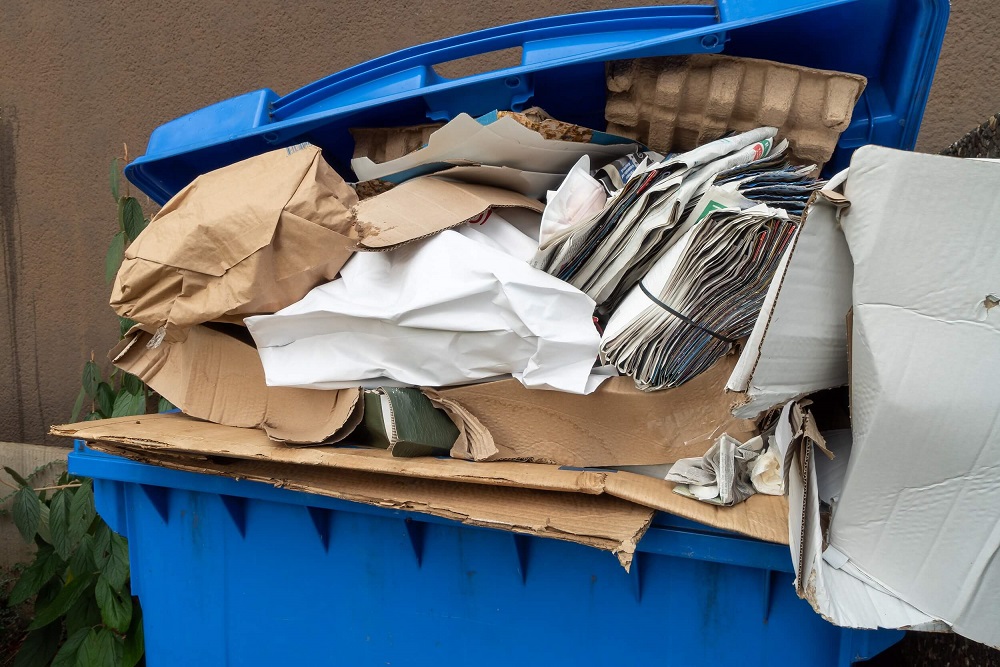Managing Waste Removal Costs During the Pandemic

Changes in Trash Volume
If the majority of your employees are working from home, you probably have a corresponding decrease in trash and recyclables on your business premises. On the other hand, if your business was deemed essential, you may have hired additional workers and ordered more supplies and inventory. This increases your refuse. Either way, your waste stream has changed.
Though it is harder and harder to find markets for recyclables, the fear of infection puts limits on your earth-friendlier activities. You still want to use less, repurpose and recycle wherever possible, but today’s needs for deep cleaning and disinfection make it dangerous to reuse cloths, brushes, containers and some tools. Increased purchases of disinfecting and cleaning products, paper towels and hand sanitizer also add to your trash heap.
Recycling Reverses
To limit coronavirus infection, many states have put a moratorium on existing recycling bans for single use plastics, plastic bags and beverage cans and bottles. New guidance that encourages consumers to throw away, rather than recycle, creates a waste removal imbalance: Trash loads are bigger, and recyclable loads are smaller.
If you are in the healthcare industry, items you once recycled are now diverted to landfills for safety’s sake. Food service businesses have increased the purchase of take-out containers and added disposable menus and throwaway utensils, napkins and plates. In both cases, the trash bins are overflowing, and the expense of removal is your responsibility.
Looking at the Costs
Underfilled or overfilled bins and dumpsters cost your business, because they upset the most elemental components of your waste removal contracts: Material, volume and frequency. In other words, what you toss, how much there is, and how often it needs to be taken away.
The pandemic has changed life for haulers, too. They have lost commercial business due to temporary and permanent closures. With everyone staying home, haulers have inversely experienced a much greater volume of residential waste. Changing demand may increase future waste removal costs, and haulers may pass that cost to their customers.
With a second wave of the virus threatening, it’s likely the trash imbalance will continue. No matter what your circumstances, now is a good time to evaluate your waste removal needs, negotiate and/or establish contracts and look for cost savings.
6 Tips for Saving on Waste Removal Costs
The following steps will help you align your waste removal costs with your organization’s actual needs.
1. Evaluate your waste stream.
Has your waste stream changed? Consider all aspects of your organization and its various worksites to determine pick-up needs for trash, recyclables, bio-waste, hazardous waste or other items. Ensure that your waste is actually yours. Do your neighbors or others have unauthorized access to your dumpster? Take action to prevent others from using your receptacles.
2. Examine your contract.
If you haven’t looked at your contract in a while, now is a good time to reread it. Are fuel charges part of the agreement? Fuel prices have been much lower recently and are expected to stay low through 2020. If your contract placed a cap on fuel costs, maybe you can lower the cap. How long has your contract been in place and when is the last time you looked at your various trash levels? Does your contract address your present and future needs?
If you don’t have a contract, look at your costs from all angles before making a choice and signing on the dotted line. A well-negotiated contract can protect you by specifying the details of your agreement.
Be aware of hidden costs. The details you ignore or don’t understand can really add up.
3. Look at your trash.
When pick-up day rolls around, observe how much you actually throw away. Is your dumpster half full, or is it overflowing? Most providers tack on an extra charge if your trash levels exceed your containers. Ask yourself if it makes sense to downsize your dumpster to smaller bins or upsize your bins to a dumpster.
Is your trash picked up once or twice a week? If you have hazardous or biological waste, it may require a separate pick-up with a special truck on a separate schedule. These factors all play into your costs, so you need to have a realistic picture of your trash profile.
4. Compare costs and services.
When reviewing your invoices, think about the geographic breadth of your organization. Most U.S. businesses are located in an area where there is competitive market pricing for waste removal, but many businesses don’t realize they have a choice. Are you required to use municipal waste removal services, or do you have the option to use a private local, regional or national carrier? Many municipalities allow outside independent haulers to pick up commercial trash, and they may deliver savings.
The biggest waste management providers handle 65% of all U.S. waste, but you might get better pricing from a regional or local hauler. Whether municipal or private, regional or national, each hauler brings its own set of advantages and drawbacks. You need a good grasp on your specific usage and needs before you can negotiate prices and services.
Switching to local and regional providers may save you money
5. Examine the fine print.
Look for special fees mentioned in your contract such as franchise fees that a private waste removal company may have to pay the city for the use of its streets. Check out each line item on your bill to know exactly what you are paying for. Does your dumpster have a lock on it? Does someone have to be there to unlock it at pick-up time, or does your provider hold the key? These small details can generate extra charges.
6. Where do your bills get paid?
It’s easy to think of waste removal as a low-cost budget item. This is especially true if each of your business locations arranged its own services and pays its own bills. When you add them all up, you may find you are paying too much.
Centralization of waste removal services and billing can save you money, but you need to look at your costs from all sides. If you choose a national hauler that subcontracts with regional haulers, centralization could end up costing you more.
It helps to have experience when managing your organization’s waste removal needs. That’s why many multi-site organizations choose to have their services managed by an outside consultant that specializes in waste removal costs and services. Cost Control Associates can help assess your needs, identify and compare hauling solutions, negotiate contracts and review invoices for refund and cost-saving opportunities.
You need to look at your costs from all angles before you make a choice and sign a contract.
The pandemic has presented economic challenges for every business organization. Don’t throw away potential savings by ignoring your waste removal requirements.
Valerie Paquin is manager of energy services at Cost Control Associates. Since 1999 she has developed her utility-cost expertise for energy, water/sewer, telecom and waste removal. She earned the designation of project executive in 2012. Valerie received her ABA in accounting from State University of New York-Adirondack. Learn more.

